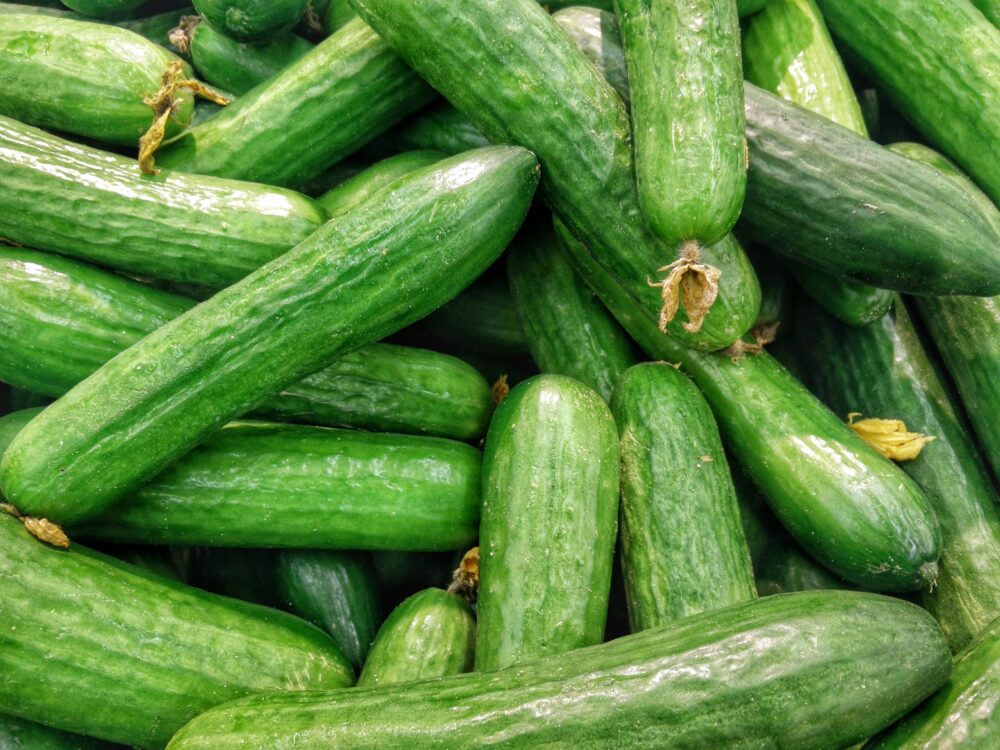What Is Okra?

Okra (Abelmoschus esculentus) is a six-foot-tall annual herb in the mallow family. Its relatives include such diverse cousins as cotton, hibiscus, and hollyhock. The okra you see in the grocery store or at the farm stand is the seed pod, which can grow up to a foot long once mature.
Okra is picked and eaten, though, when the pods are still unripe and tender, and typically between three and six inches long. (Any longer and they get very fibrous, and not even lots of cooking can soften them up.) Okra has a unique texture and slightly sweet flavor.
The big thing about okra pods is that they exude a mucilaginous juice (some say slime) once cut. Some folks are really turned off by this texture, and as a result, miss out on lots of okra goodness. (Spoiler alert — later in this article you’ll see how to prepare okra in a totally slime-free manner.) But it’s partly due to its mucilaginosity (sorry, spell checker, I like the word, and I’m sticking with it) that okra has become such a key part of many cuisines in the US South — the juice helps cooks out by thickening stews, such as gumbos, inexpensively and deliciously.
If you’ve never tried it, I can try to explain what okra tastes like by saying it’s a cross between asparagus and eggplant, but that totally doesn’t do it justice. So I hope this article will convince you to give it a try, so you can come up with your own description.
We’re not sure who first cultivated okra — Southeast Asia, India, and Africa are all contenders, as each region has a long culinary history with the pod. One likely theory posits that okra originated from the Abyssinian area that now includes Ethiopia, a portion of Eritrea, and the eastern, higher part of the Anglo-Egyptian Sudan. From there, okra may have spread first into Egypt, and then Arabia, North Africa, the Mediterranean, and eastward.
(Excerpt taken from the Food Revolution Network)
